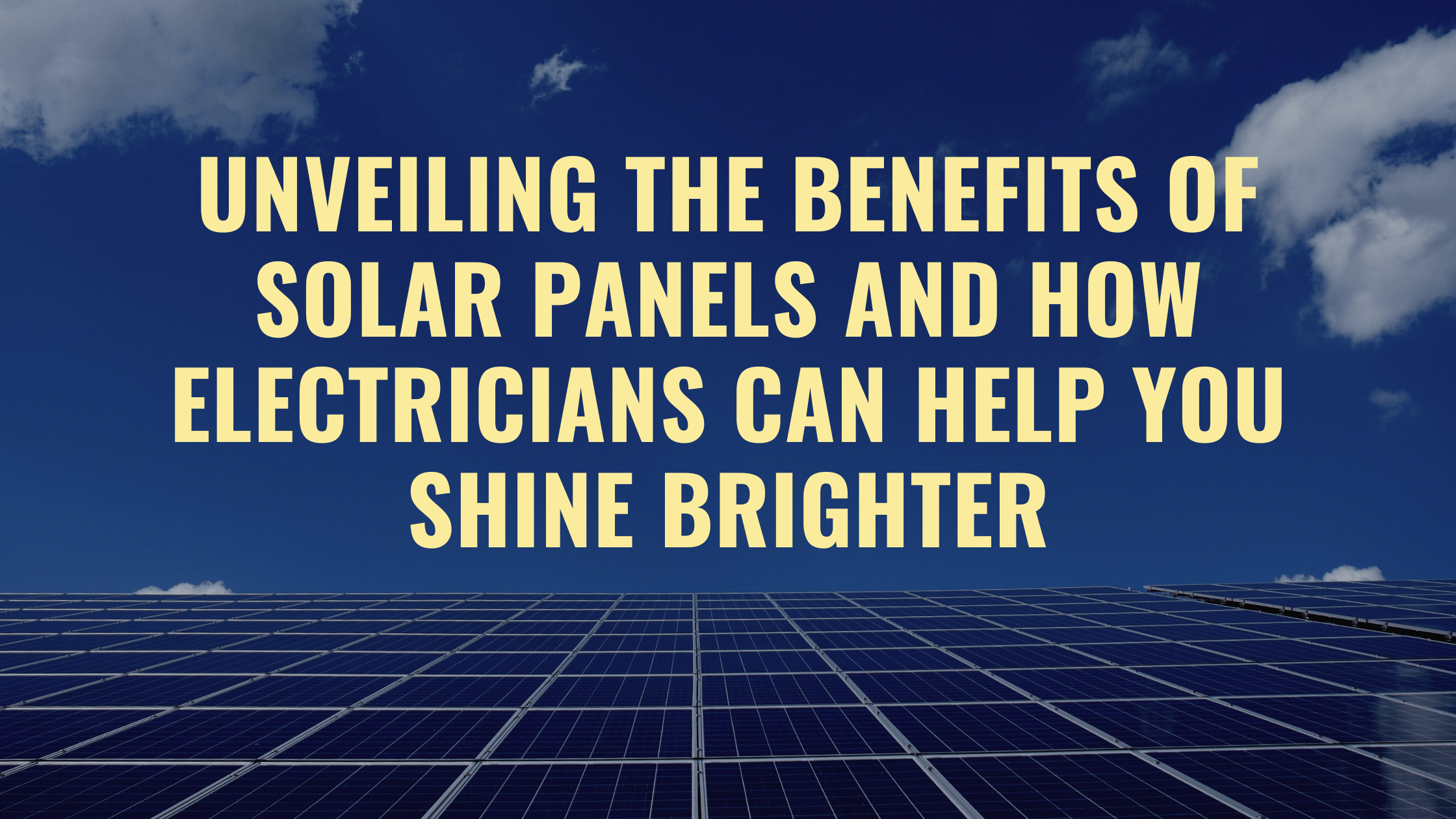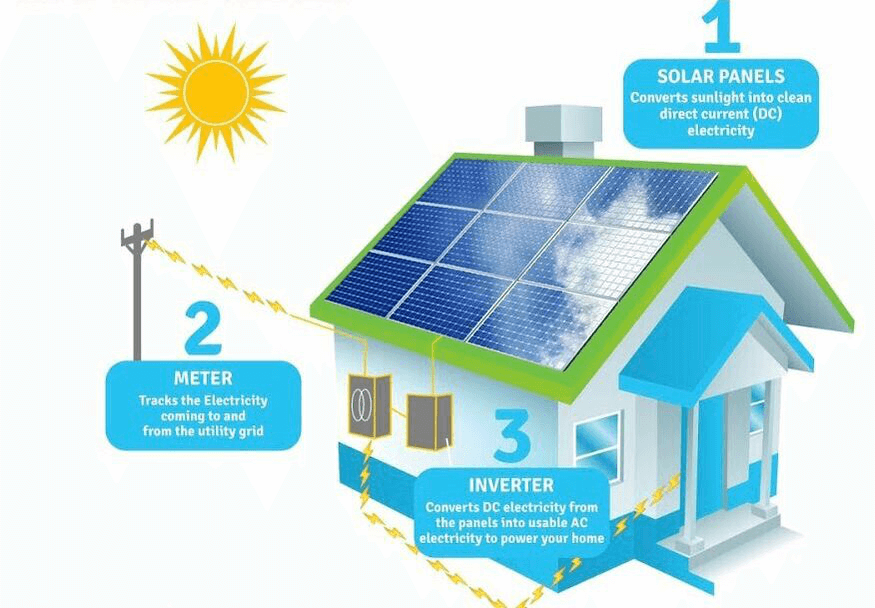Simply Solar Illinois – Tailored Solar Solutions for All Budgets
Simply Solar Illinois – Tailored Solar Solutions for All Budgets
Blog Article
Solar Power 101: A Beginner's Overview to Sustainable Energy Solutions
As the world significantly moves in the direction of sustainable energy remedies, comprehending the basics of solar energy ends up being necessary for both people and businesses. This guide supplies a thorough summary of solar power, detailing the numerous systems readily available and the systems behind their operation. By exploring the advantages of solar technology, along with the economic motivations and installation processes, one can gain a clearer viewpoint on just how to properly incorporate this renewable energy right into their power technique. Nevertheless, the journey towards adopting solar power welcomes further examination of the challenges and considerations that include it.
Comprehending Solar Power
At its core, understanding solar power includes comprehending the basic principles of exactly how sunshine can be transformed into usable electrical energy. Solar energy is derived from the sun's radiation, which can be harnessed via numerous innovations.

Recognizing solar power also involves identifying its ecological benefits. By using sunshine, we can alleviate greenhouse gas emissions and lower air contamination, contributing to a more sustainable future. The improvements in technology and effectiveness of solar systems remain to improve their stability, making solar energy a progressively appealing option for worldwide energy needs.
Types of Solar Energy Equipments
Different sorts of solar energy systems are commonly employed to harness solar power for electrical power generation. The primary categories include photovoltaic or pv (PV) systems, concentrating solar energy (CSP) systems, and solar thermal systems.
Photovoltaic or pv systems use photovoltaic panels made up of silicon cells that convert sunshine directly into electrical power. These systems are flexible and can be mounted on rooftops, ground mounts, or incorporated right into building materials.
Focusing Solar Power systems, on the various other hand, employ mirrors or lenses to focus sunlight onto a small location, generating heat that drives a vapor wind turbine to create electrical energy - Simply Solar Illinois. CSP systems are usually deployed in large-scale power plants and need straight sunshine, making them less ideal for gloomy regions

Each sort of solar power system has its unique features, applications, and viability depending on geographic area, power demands, and budget plan, making it important to review choices based on certain circumstances. - Simply Solar Illinois

Advantages of Solar Energy
Harnessing solar power through various systems not only provides a sustainable means to produce electrical energy however also offers a wide range of advantages. Among one of the most considerable advantages is the reduction in greenhouse gas emissions, adding to a cleaner setting and combating climate modification. Solar power is renewable, suggesting it is infinite and offered as long as the sun shines, unlike nonrenewable fuel sources, which are finite and depleting.
Moreover, solar power can cause substantial price financial savings in time. Property owners and services can decrease their electricity costs dramatically, and in lots of cases, they might earn debts for excess power produced with net metering. In addition, the solar market develops work, from making to setup, boosting regional economic situations.
One more engaging benefit is power self-reliance. By generating their very own electricity, people and communities can minimize dependence on outside power sources, enhancing durability versus fluctuating power rates and supply disruptions. Solar power systems require minimal upkeep, making them a hassle-free option for sustainable power generation.
Installment Process Summary
The installment procedure for solar power systems usually includes numerous essential actions that make certain reliable assimilation into a property. Originally, a thorough website analysis is conducted to evaluate the roof covering's orientation, shading, and structural honesty, which are vital to maximizing photovoltaic panel performance. Following this assessment, the design phase starts, where a customized solar power system is my link set up based upon the property owner's energy needs and choices.
Once the design is finalized, the necessary authorizations and approvals are acquired from neighborhood authorities, making certain compliance with policies. The real installation involves mounting the solar panels on the roofing or ground, linking them to an inverter, and incorporating the system with the property's electrical configuration. This phase may additionally involve setting up battery storage space systems, relying on the layout.
After setup, a thorough examination is carried out to validate the system's functionality and safety. The system is appointed, and home owners are enlightened on its operation and upkeep. With the installation complete, the solar power system can start creating renewable resource, contributing to sustainability and lowering energy prices. This structured approach ensures that solar systems are both reliable and trusted, maximizing their over here long-term advantages.
Financial Motivations and Financial Savings
Discovering the economic incentives and savings connected with solar power systems can significantly boost the charm of making the switch to eco-friendly power. Numerous motivations exist at government, state, and regional degrees, created to decrease the initial expenses connected with solar installation. Among the most remarkable rewards is the federal solar tax credit rating, which permits homeowners to subtract a percentage of their planetary system installment prices from their federal taxes. As of 2023, this credit history stands at 30%, offering substantial financial savings.
In enhancement to tax obligation credit scores, numerous states use discounts that can better lower upfront expenses. Some energy firms additionally provide performance-based rewards, rewarding solar power manufacturing over time. Financing alternatives, such as solar lendings and leases, allow customers to set up systems with little to no down repayment, making solar energy a lot more easily accessible.

Long-term cost savings are one more critical variable. By producing their very own electricity, property owners can dramatically reduce or discover this info here perhaps eliminate their month-to-month power bills. In addition, planetary systems can increase residential property worths, providing a solid return on investment. On the whole, the combination of incentives and savings makes solar power an economically attractive option for numerous homes.
Conclusion
In verdict, solar power represents an important part of sustainable power services, offering a pathway toward lowered carbon footprints and enhanced ecological security. Eventually, the shift to solar power not only fosters eco-friendly responsibility yet also advertises economic cost savings and energy self-reliance.
Report this page